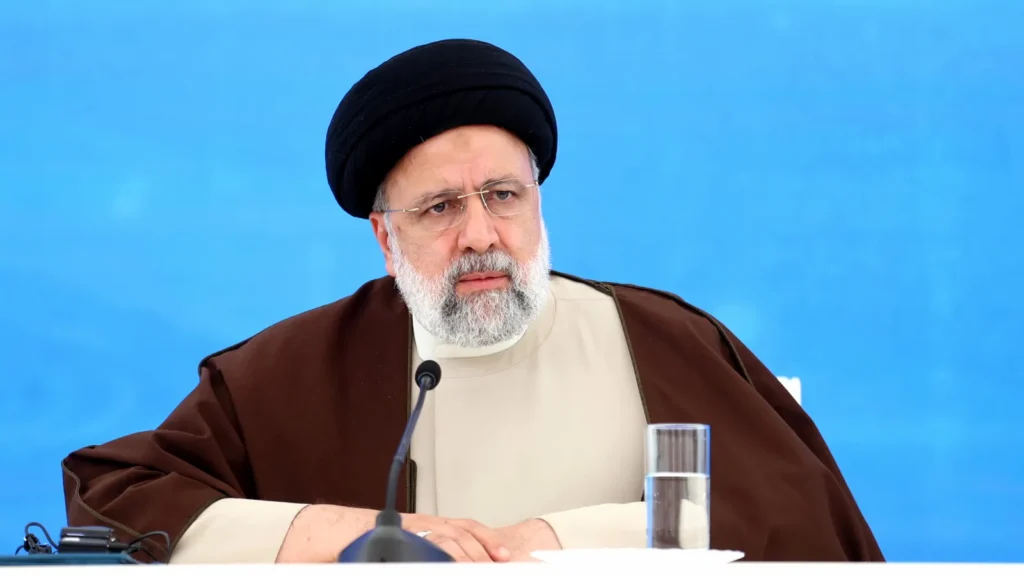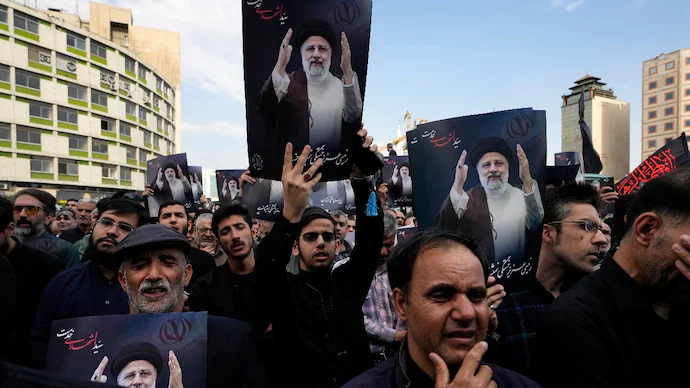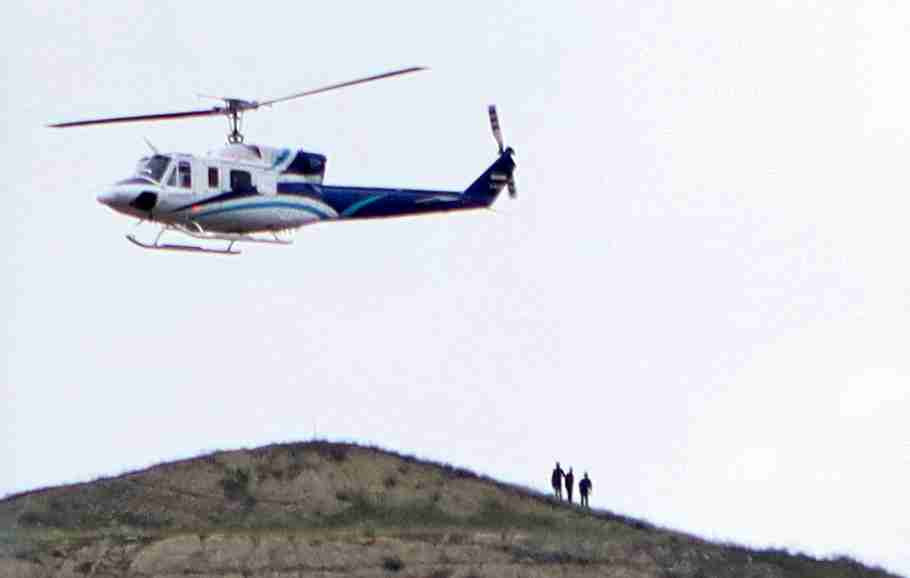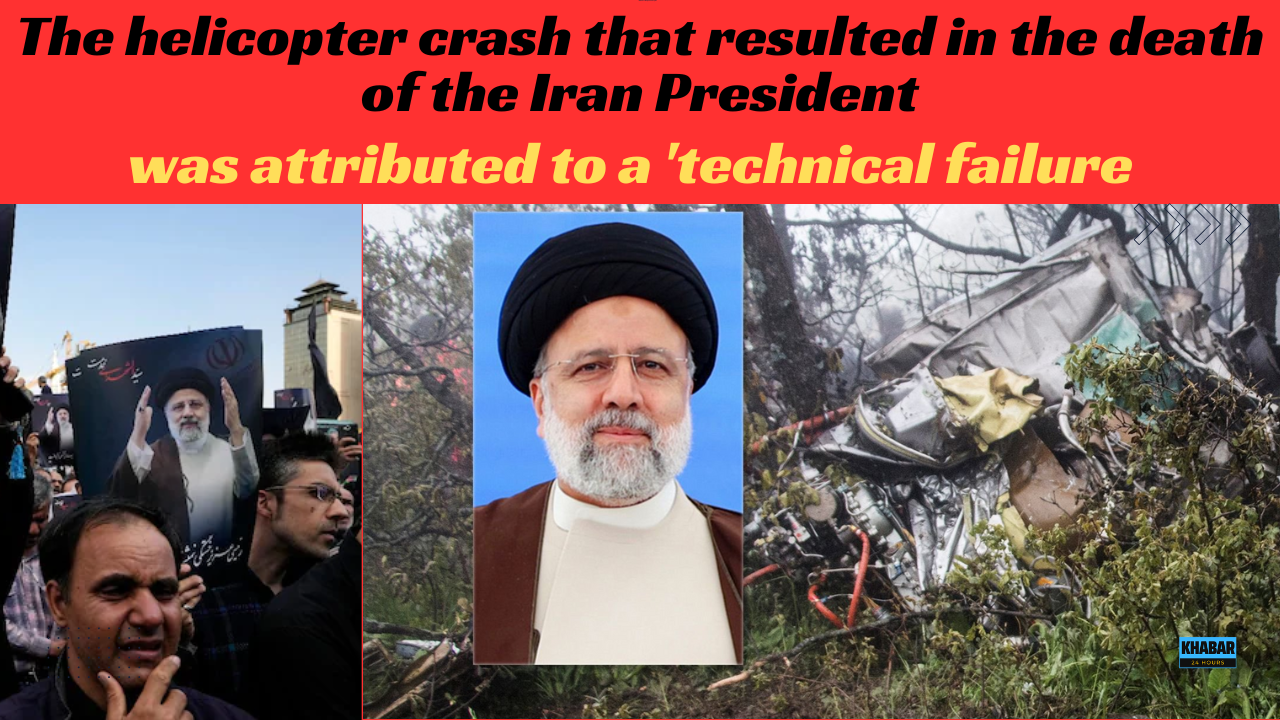
Iranian state media reported that the helicopter crash, which claimed the lives of Iranian President Ebrahim Raisi, his Foreign Minister Hossein Amirabdollahian, along with other officials and crew, was caused by a “technical failure”.

According to Iranian state media, the helicopter carrying Iranian President Ebrahim Raisi, Foreign Minister Hossein Amirabdollahian, and other officials and crew crashed due to a “technical failure”. The incident occurred as they were returning to Iran from a visit to the Azerbaijan border, where they had inaugurated a dam project. The crash took place in the mountainous region of northwest Iran’s Jolfa. Despite extensive search efforts in challenging weather conditions, no survivors were found.
Amidst escalating tensions in the Middle East, the unexpected loss of two prominent figures in Iran has occurred. Iranian Vice President Mohammad Mokhber has been appointed as acting President, tasked by Iran’s Supreme Leader Ayatollah Ali Khamenei with overseeing the organization of a new presidential election within 50 days, according to state media reports.
Highlighted are the top five developments surrounding the death of Iran President Ebrahim Raisi:
01) The Bell 212 aircraft involved in the crash was initially designed for the Canadian military in the late 1960s as an enhancement of a preceding aircraft. Described as a twin-engine medium helicopter with two blades and a capacity of up to 15 seats, it made its maiden flight in 1968, as per Skybrary, an aviation database. It’s noted to be a product of US design.
02 ) Both the US and Israel have stated that they had no involvement in the helicopter crash that resulted in Raisi’s death. US Secretary of Defense Lloyd Austin informed reporters on Monday that America “had no role” in the crash and the Pentagon lacked any information regarding its cause, as reported by The Washington Post. Similarly, an Israeli official affirmed that their nation played no part in Raisi’s demise.
03 ) The passing of Raisi, a figure closely associated with Iran’s Supreme Leader Ayatollah Ali Khamenei and viewed as his potential successor, has sparked apprehensions regarding his replacement. With the 63-year-old’s demise, speculation arises around his 55-year-old son, Mojtaba, emerging as the primary candidate to succeed Khamenei. Nevertheless, concerns persist regarding the potential appointment of a family member, particularly in the wake of the revolution that ousted the hereditary Pahlavi monarchy of the shah, as reported by The Associated Press.
04 ) Iran has declared a period of mourning lasting five days for the death of President Raisi, scheduled to begin on Tuesday and continue until Thursday. However, the public display of grief appeared subdued on Monday, with many shops operating as usual and children attending schools. Towards the end of Monday, hundreds of mourners gathered in Tehran, holding posters of Raisi and Palestinian flags aloft.
05 ) The US expressed condolences for the passing of Raisi, Amirabdollahian, and others, reaffirming its stance for a society in Iran under a “new president” that upholds fundamental freedoms. During a routine press briefing, US State Department spokesperson Mathew Miller provided more detailed commentary on Raisi’s history, as reported by The New York Times.

Miller further stated, “Under Ebrahim Raisi’s presidency, some of the most egregious human rights violations, particularly those against women and girls in Iran, took place. Nonetheless, we express regret for any loss of life and hope to prevent fatalities, including those resulting from helicopter crashes.”



